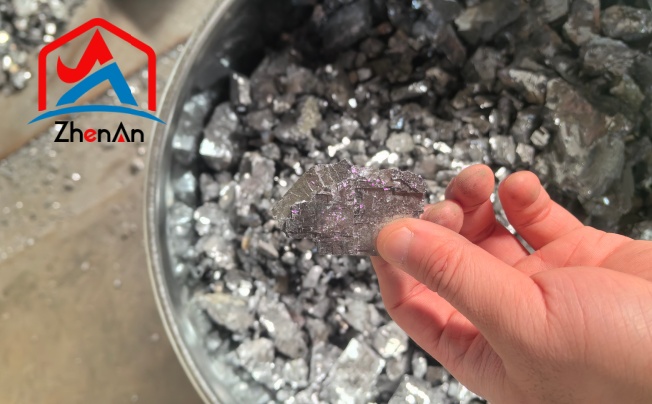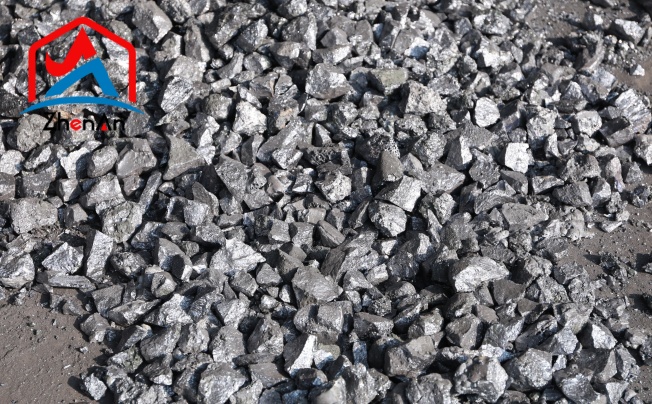1. Chemical Composition & Key Differences
The primary distinctions between FeSi45 and FeSi65 lie in their silicon content and impurity levels:
- FeSi45:
- Silicon Content: 45–47%
- Iron (Fe): 53–55%
- Impurities: Higher levels of aluminum (≤2%), calcium (≤1.5%), and carbon (≤0.3%) due to lower silicon purity .
- Physical Properties: Gray granules or lumps with moderate bulk density.
- FeSi65:
- Silicon Content: 65–72%
- Iron (Fe): 30–35%
- Impurities: Stricter control (Al ≤0.5%, Ca ≤0.5%, C ≤0.2%) for enhanced performance .
- Physical Properties: Dark gray, compact lumps with higher thermal stability.
Contrast:
FeSi45 is a cost-effective option for general-purpose applications, while FeSi65 offers superior deoxidation efficiency and alloying flexibility for high-performance demands.
2. Applications
Ferro Silicon 45
- Basic Steelmaking: Used for deoxidizing low-carbon steels and structural alloys.
- Foundry Cast Iron: Improves wear resistance in gray cast iron by controlling graphite morphology .
- Cost-Sensitive Projects: Ideal for large-scale applications where moderate silicon content suffices.
Ferro Silicon 65
- High-Grade Steels: Enhances strength and hardness in spring steel, bearing steel, and electrical silicon steel .
- Ductile Iron Production: Promotes graphite spheroidization, replacing brittle carbides for ductile cast iron.
- Heat-Resistant Alloys: Supports thermal stability in extreme environments.
- Specialized Uses: Acts as a reducing agent in ferroalloy production and welding electrode coatings .






